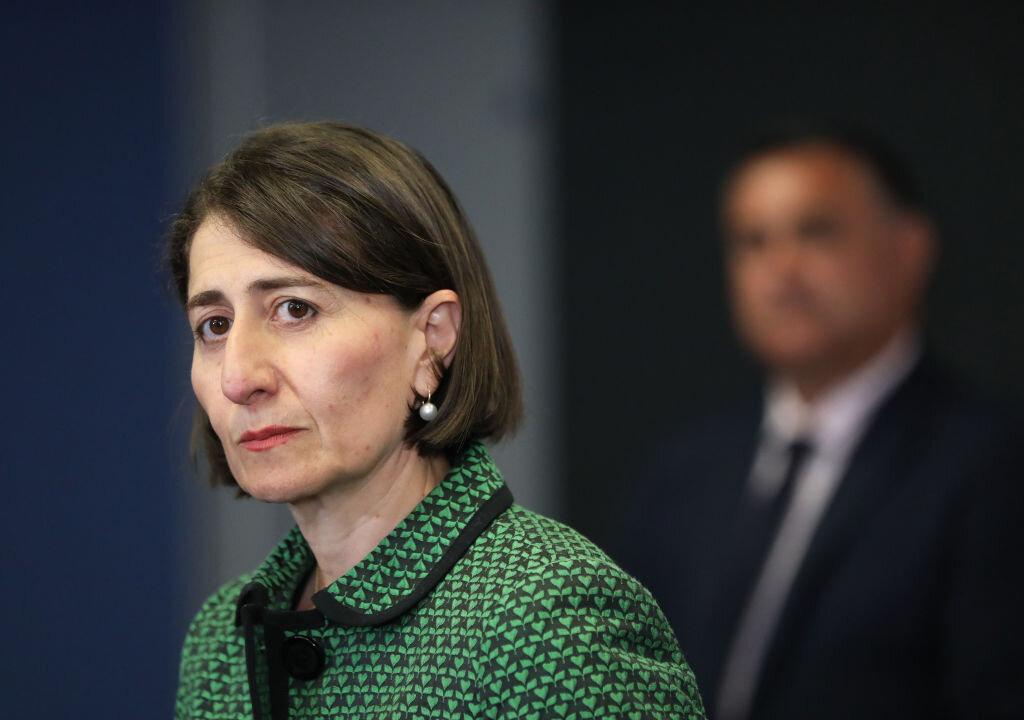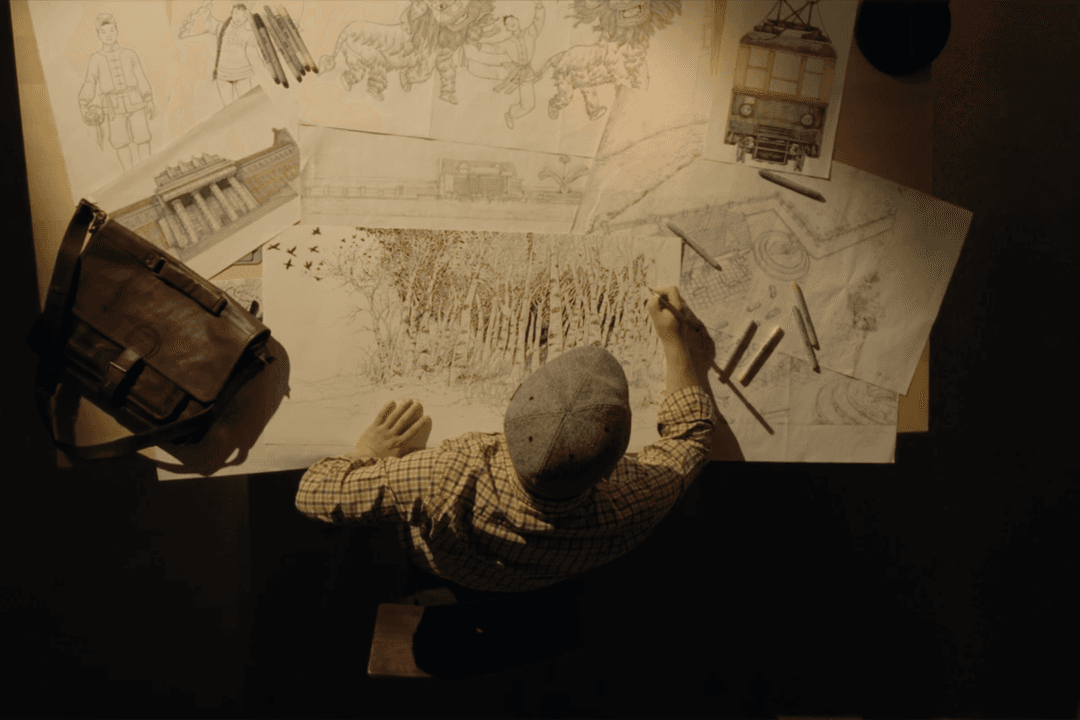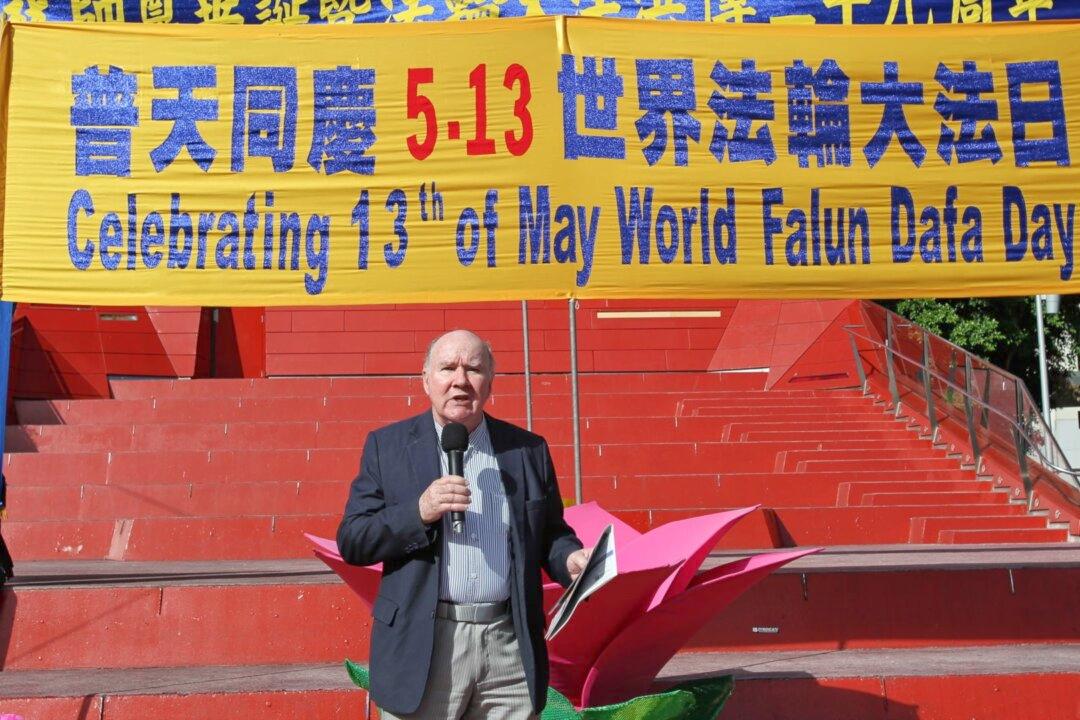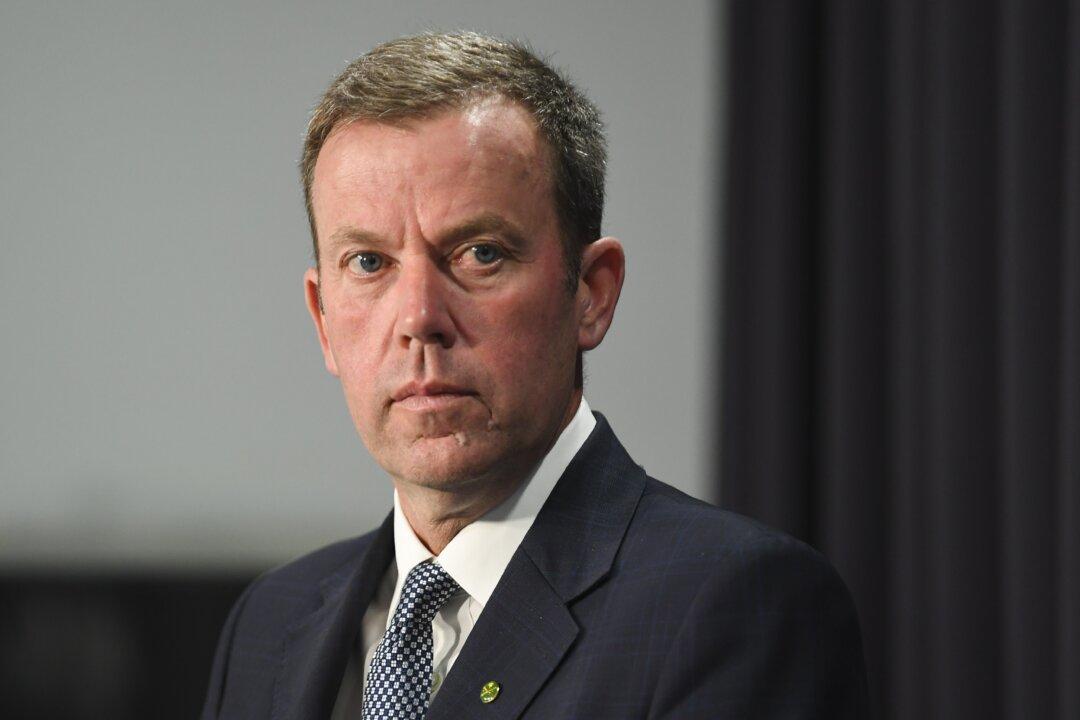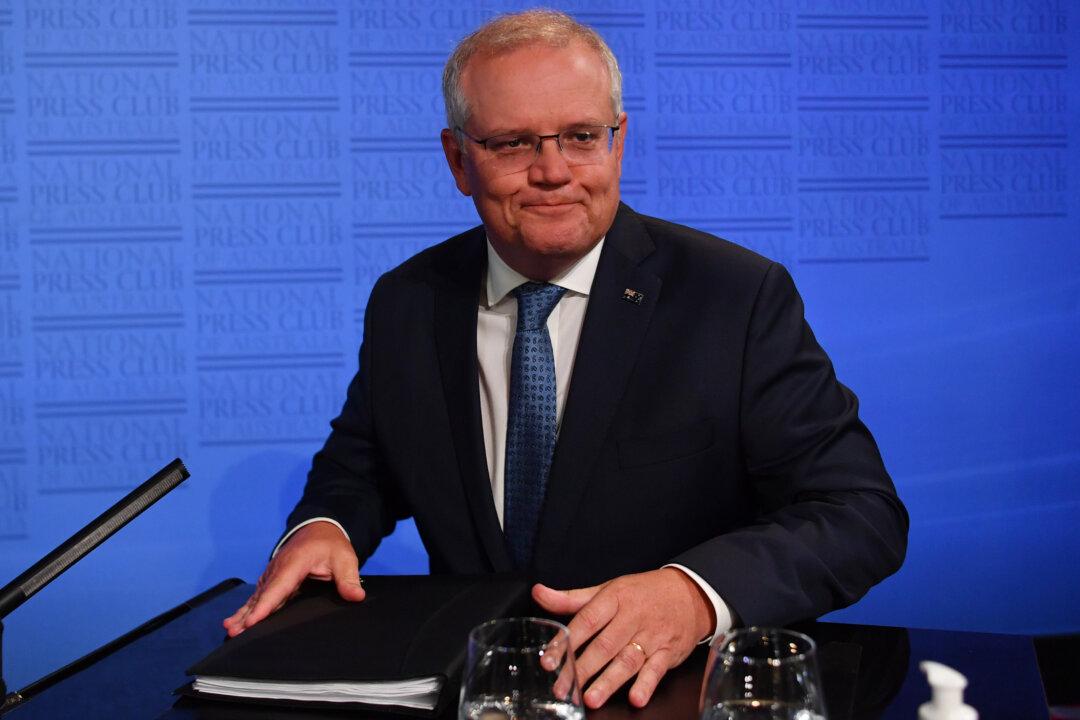The New South Wales government have identified another ten COVID-19 cases linked to the cluster in Sydney’s North Beaches area bringing the total to 28 in the last 48 hours.
Residents in the Avalon region have been advised to avoid “non-essential” activities for the next three days and follow basic health guidelines as the state government attempts to curb the spread of the new cluster without the use of further restrictions.
